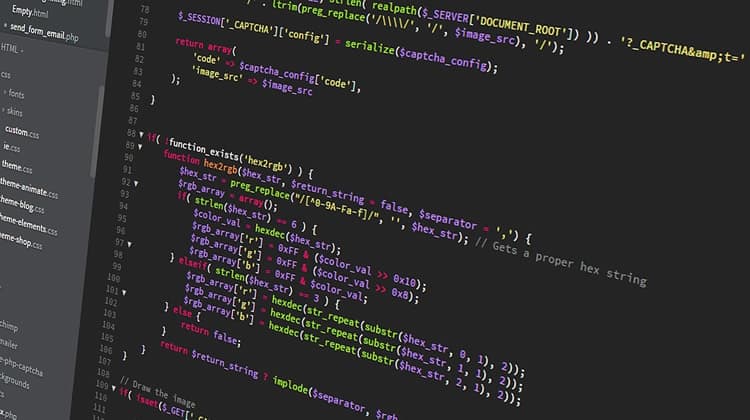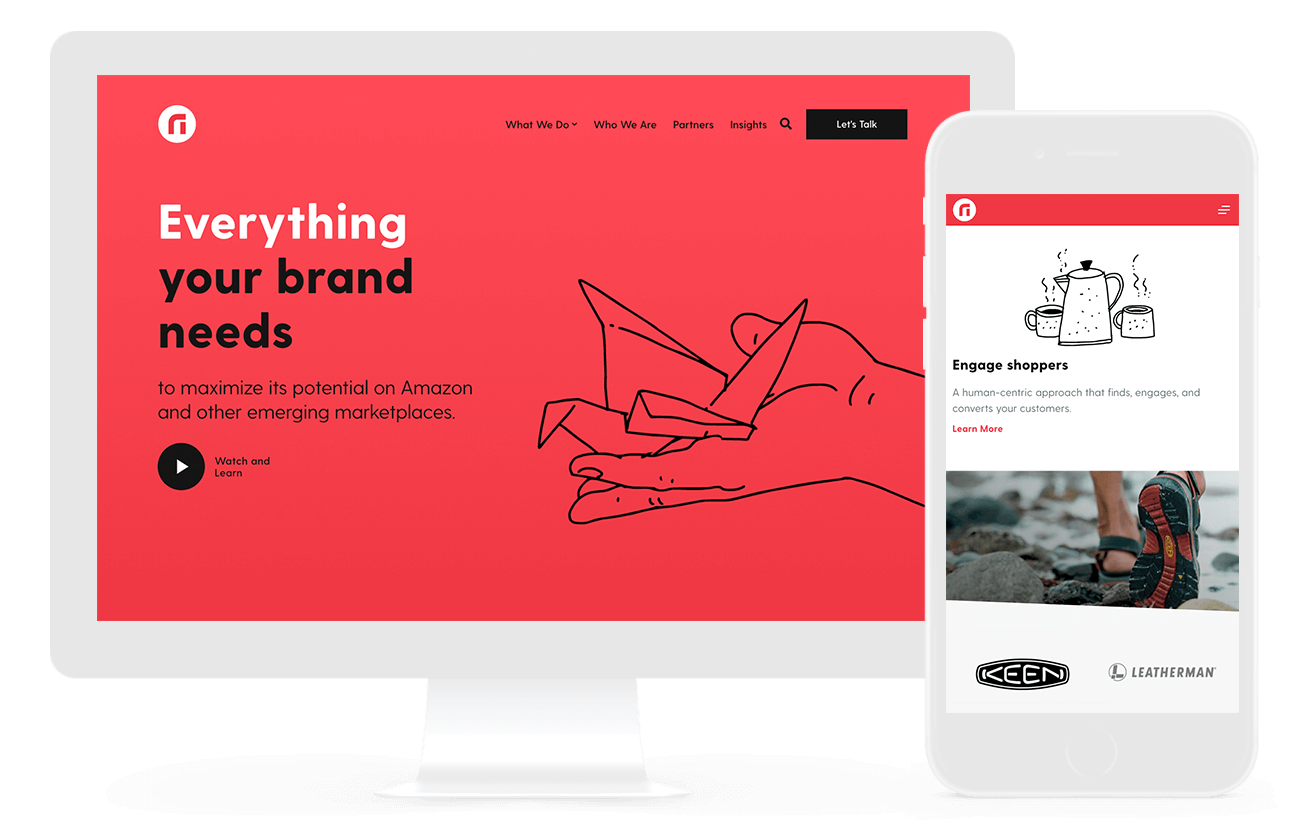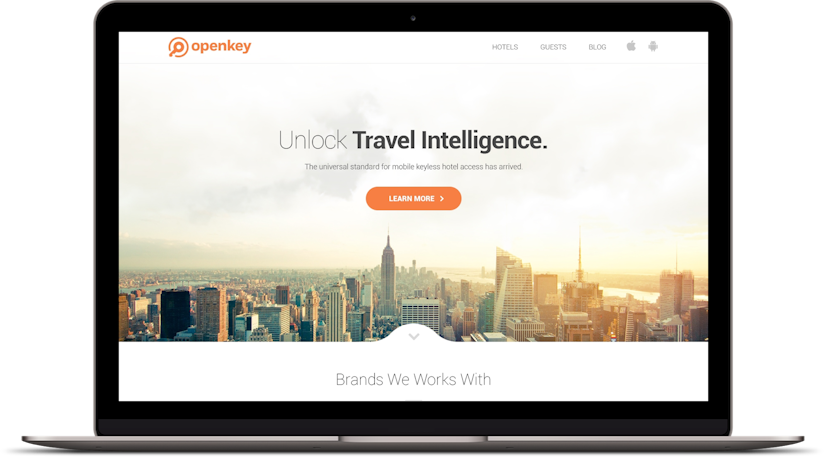All Categories
Featured
Table of Contents
- – Web Design And Development - Invision Tips and...
- – Google Web Designer - Home Tips and Tricks:
- – Web Development Bachelor's Degree - Full Sail...
- – Indianapolis Web Design And Digital Marketing...
- – Web Design Tutorials By Envato Tuts+ Tips and...
- – $899 - Custom Mobile Friendly Website Design ...
- – What Does A Web Designer Do? - Careerexplore...
- – Custom Web Design, Development & Digital Mar...
- – Boxcar Studio - Wordpress & Drupal Web Desig...
- – Custom Website Design And Marketing - Inmoti...
- – St Louis Seo Company - St Louis Web Design A...
Web Design And Development - Invision Tips and Tricks:
Quick summary Usability and the energy, not the visual design, identify the success or failure of a site. Considering that the visitor of the page is the only person who clicks the mouse and for that reason chooses everything, user-centric design has actually established as a standard method for effective and profit-oriented website design - web design frederick md.
and the utility, not the visual design, determine the success or failure of a website. Considering that the visitor of the page is the only individual who clicks the mouse and therefore chooses everything, user-centric design has become a standard technique for successful and profit-oriented web style. If users can't use a function, it may as well not exist.
g. where the search box should be put) as it has already been done in a number of posts; rather we focus on the techniques which, used properly, can lead to more advanced design decisions and simplify the procedure of viewing provided information. Please discover that you may be thinking about the usability-related articles we've published prior to: Principles Of Excellent Website Style And Effective Website Design Standards, In order to utilize the principles properly we first need to comprehend how users connect with sites, how they believe and what are the basic patterns of users' habits.
Google Web Designer - Home Tips and Tricks:
Visitors glance at each new page, scan some of the text, and click on the very first link that catches their interest or slightly looks like the thing they're searching for. In fact, there are large parts of the page they do not even look at. The majority of users look for something intriguing (or helpful) and clickable; as quickly as some appealing candidates are discovered, users click.
If a page offers users with high-quality material, they are prepared to jeopardize the content with advertisements and the style of the site. This is the factor why not-that-well-designed sites with high-quality content gain a lot of traffic over years. Material is more crucial than the design which supports it.

Users do not check out, they scan. Notification how "hot" locations abrupt in the middle of sentences. This is typical for the scanning procedure. Extremely easy concept: If a website isn't able to fulfill users' expectations, then designer failed to get his job done properly and the company loses cash. The higher is the cognitive load and the less intuitive is the navigation, the more ready are users to leave the site and look for alternatives.
Web Development Bachelor's Degree - Full Sail University Tips and Tricks:
Neither do they scan website in a direct style, going sequentially from one website area to another one. Rather users satisfice; they choose the first sensible option. As quickly as they find a link that appears like it may result in the goal, there is a really great opportunity that it will be instantly clicked.
It doesn't matter to us if we comprehend how things work, as long as we can utilize them. If your audience is going to act like you're designing billboard, then style fantastic signboards." Users wish to be able to control their internet browser and rely on the constant information discussion throughout the website.
If the navigation and site architecture aren't user-friendly, the variety of concern marks grows and makes it harder for users to understand how the system works and how to receive from point A to point B. A clear structure, moderate visual clues and quickly recognizable links can assist users to discover their course to their aim.
Indianapolis Web Design And Digital Marketing Agency Tips and Tricks:

Given that users tend to check out websites according to the "F"-pattern, these three statements would be the first components users will see on the page once it is packed. The design itself is simple and user-friendly, to understand what the page is about the user requires to search for the answer.
Once you've attained this, you can communicate why the system is beneficial and how users can benefit from it. Do Not Waste Users' Persistence, In every project when you are going to offer your visitors some service or tool, try to keep your user requirements minimal.
Novice visitors want to, not filling long web kinds for an account they may never ever use in the future. Let users explore the site and discover your services without forcing them into sharing personal information. It's not reasonable to require users to get in an e-mail address to evaluate the function.
Web Design Tutorials By Envato Tuts+ Tips and Tricks:
And that's what you want your users to feel on your web website. The registration can be done in less than 30 seconds as the type has horizontal orientation, the user does not even require to scroll the page.
A user registration alone is enough of an obstacle to user navigation to cut down on inbound traffic. Handle To Focus Users' Attention, As sites offer both fixed and vibrant material, some elements of the user interface draw in attention more than others do.
Focusing users' attention to particular areas of the website with a moderate use of visual components can help your visitors to obtain from point A to point B without thinking of how it actually is expected to be done. The less enigma visitors have, the they have and the more trust they can develop towards the company the website represents.
$899 - Custom Mobile Friendly Website Design By Go Web ... Tips and Tricks:
4. Pursue Feature Exposure, Modern website design are typically criticized due to their technique of directing users with aesthetically appealing 1-2-3-done-steps, large buttons with visual effects and so on. But from the design point of view these components actually aren't a bad thing. On the contrary, such as they lead the visitors through the website material in a really simple and easy to use method.
The site has 9 primary navigation alternatives which are visible at the first look. The option of colors might be too light, though. is a basic concept of effective user interface design. It doesn't truly matter how this is achieved. What matters is that the material is well-understood and visitors feel comfortable with the method they connect with the system.
Instead a rate: just what visitors are looking for. An ideal service for efficient writing is touse brief and concise expressions (come to the point as rapidly as possible), usage scannable layout (classify the material, use several heading levels, utilize visual components and bulleted lists which break the circulation of consistent text blocks), usage plain and objective language (a promotion does not require to sound like ad; offer your users some reasonable and unbiased factor why they ought to utilize your service or stay on your website)6.
What Does A Web Designer Do? - Careerexplorer Tips and Tricks:
Users are rarely on a website to enjoy the style; additionally, for the most part they are searching for the info regardless of the design - web design frederick md. Aim for simpleness instead of complexity. From the visitors' viewpoint, the finest site style is a pure text, without any advertisements or more material blocks matching exactly the inquiry visitors utilized or the material they have actually been looking for.
Finch plainly presents the info about the site and gives visitors a choice of options without overcrowding them with unneeded material. Not only does it help to for the visitors, however it makes it possible to view the info provided on the screen.
Complex structures are harder to check out, scan, analyze and deal with. If you have the choice in between separating 2 design segments by a noticeable line or by some whitespace, it's normally much better to utilize the whitespace solution. (Simon's Law): the better you handle to provide users with a sense of visual hierarchy, the simpler your content will be to perceive.
Custom Web Design, Development & Digital Marketing ... Tips and Tricks:
The same conventions and guidelines ought to be used to all elements.: do the most with the least quantity of hints and visual elements. Four major indicate be considered: simplicity, clarity, distinctiveness, and emphasis. Simpleness includes only the elements that are crucial for communication. Clearness: all elements need to be developed so their significance is not ambiguous.
Conventions Are Our Buddies, Traditional design of website components doesn't lead to a dull web website. In truth, as they decrease the finding out curve, the requirement to figure out how things work. For circumstances, it would be a functionality headache if all sites had different visual discussion of RSS-feeds. That's not that different from our regular life where we tend to get utilized to fundamental principles of how we arrange information (folders) or do shopping (placement of items).
understand what they're anticipating from a website navigation, text structure, search placement etc. A case in point from usability sessions is to equate the page in Japanese (assuming your web users don't know Japanese, e. g. with Babelfish) and provide your usability testers with a job to find something in the page of different language.
Boxcar Studio - Wordpress & Drupal Web Design ... - Ann Arbor Tips and Tricks:
Steve Krug suggests that it's better to, but make the most of conventions when you do not. 10. Test Early, Test Often, This so-called TETO-principle needs to be used to every web design job as functionality tests frequently supply into substantial issues and problems related to an offered layout. Test not too late, not too little and not for the incorrect reasons.
Some essential indicate bear in mind: according to Steve Krug, and testing one user early in the job is much better than testing 50 near completion. Accoring to Boehm's first law, mistakes are most regular throughout requirements and style activities and are the more pricey the later they are removed.
That implies that you design something, test it, fix it and after that check it once again. There may be issues which have not been discovered during the preliminary as users were almost obstructed by other issues. usability tests. Either you'll be pointed to the problems you have or you'll be pointed to the absence of significant style flaws which is in both cases a helpful insight for your task.
Custom Website Design And Marketing - Inmotion Hosting Tips and Tricks:

This holds for designers too. After you have actually dealt with a site for few weeks, you can't observe it from a fresh viewpoint any longer. You know how it is developed and therefore you understand precisely how it works you have the wisdom independent testers and visitors of your site wouldn't have.
It can be connected to other areas such as graphic style, user experience, and multimedia arts, but is more appropriately seen from a technological viewpoint. It has ended up being a big part of individuals's daily lives. It is difficult to imagine the Web without animated graphics, different styles of typography, background, videos and music.

During 1991 to 1993 the Web was born. Text-only pages could be seen utilizing a simple line-mode web browser. In 1993 Marc Andreessen and Eric Bina, produced the Mosaic web browser. At the time there were several internet browsers, nevertheless the bulk of them were Unix-based and naturally text heavy. There had been no integrated approach to graphic design components such as images or noises.
St Louis Seo Company - St Louis Web Design And Internet ... Tips and Tricks:
The W3C was produced in October 1994 to "lead the World Wide Web to its complete potential by establishing typical procedures that promote its development and guarantee its interoperability." This prevented any one company from monopolizing a propriety browser and shows language, which might have changed the impact of the Web as a whole.
As this has actually happened the technology of the web has actually likewise moved on. There have also been significant changes in the method people utilize and access the web, and this has actually altered how websites are created.
Learn more about Lovell Media Group LLC or TrainACETable of Contents
- – Web Design And Development - Invision Tips and...
- – Google Web Designer - Home Tips and Tricks:
- – Web Development Bachelor's Degree - Full Sail...
- – Indianapolis Web Design And Digital Marketing...
- – Web Design Tutorials By Envato Tuts+ Tips and...
- – $899 - Custom Mobile Friendly Website Design ...
- – What Does A Web Designer Do? - Careerexplore...
- – Custom Web Design, Development & Digital Mar...
- – Boxcar Studio - Wordpress & Drupal Web Desig...
- – Custom Website Design And Marketing - Inmoti...
- – St Louis Seo Company - St Louis Web Design A...
Latest Posts
10 Principles Of Good Web Design - Smashing Magazine Tips and Tricks:
Siteinspire - Web Design Inspiration Tips and Tricks:
Web Design - Entrepreneur Tips and Tricks:
More
Latest Posts
10 Principles Of Good Web Design - Smashing Magazine Tips and Tricks:
Siteinspire - Web Design Inspiration Tips and Tricks:
Web Design - Entrepreneur Tips and Tricks: